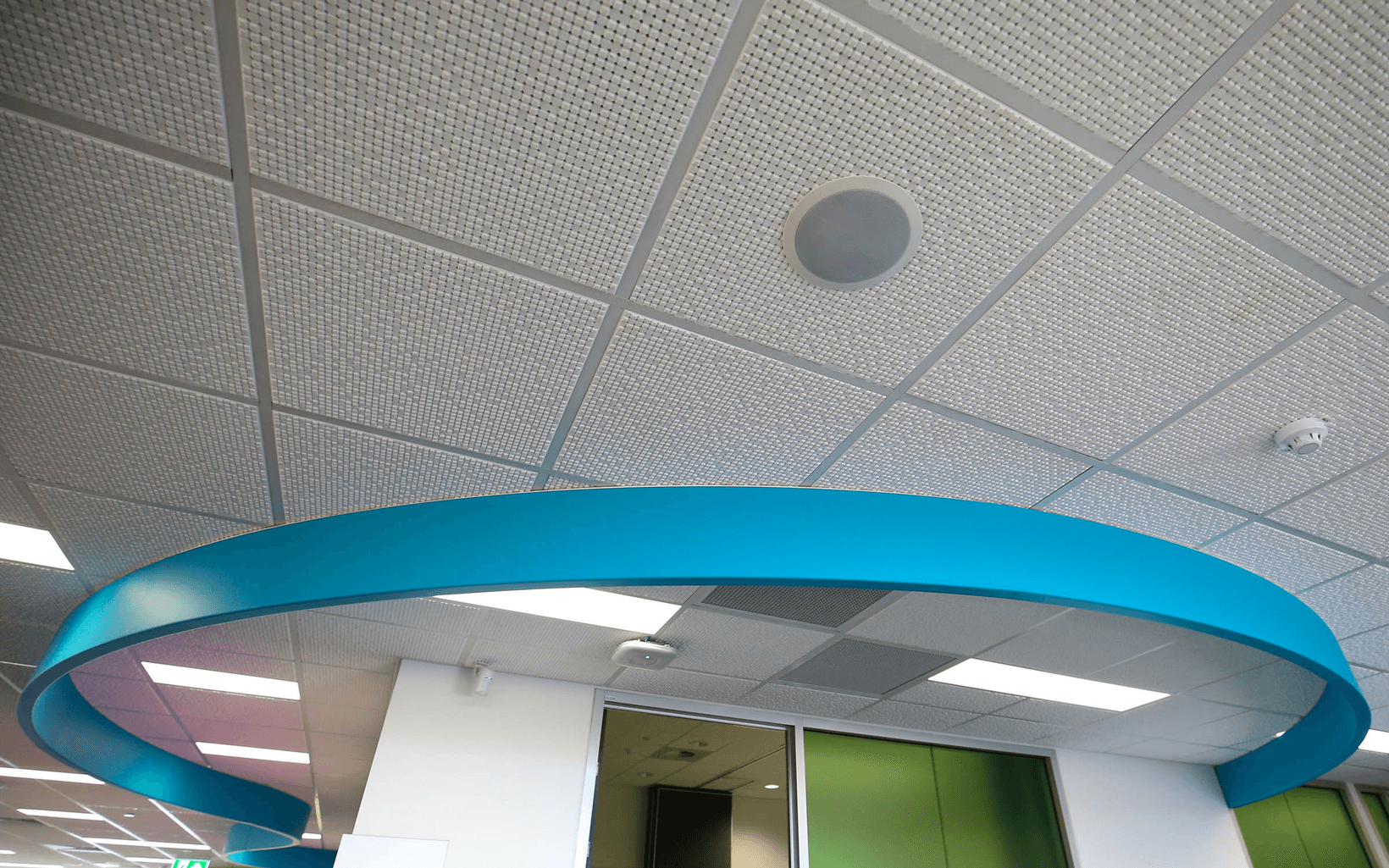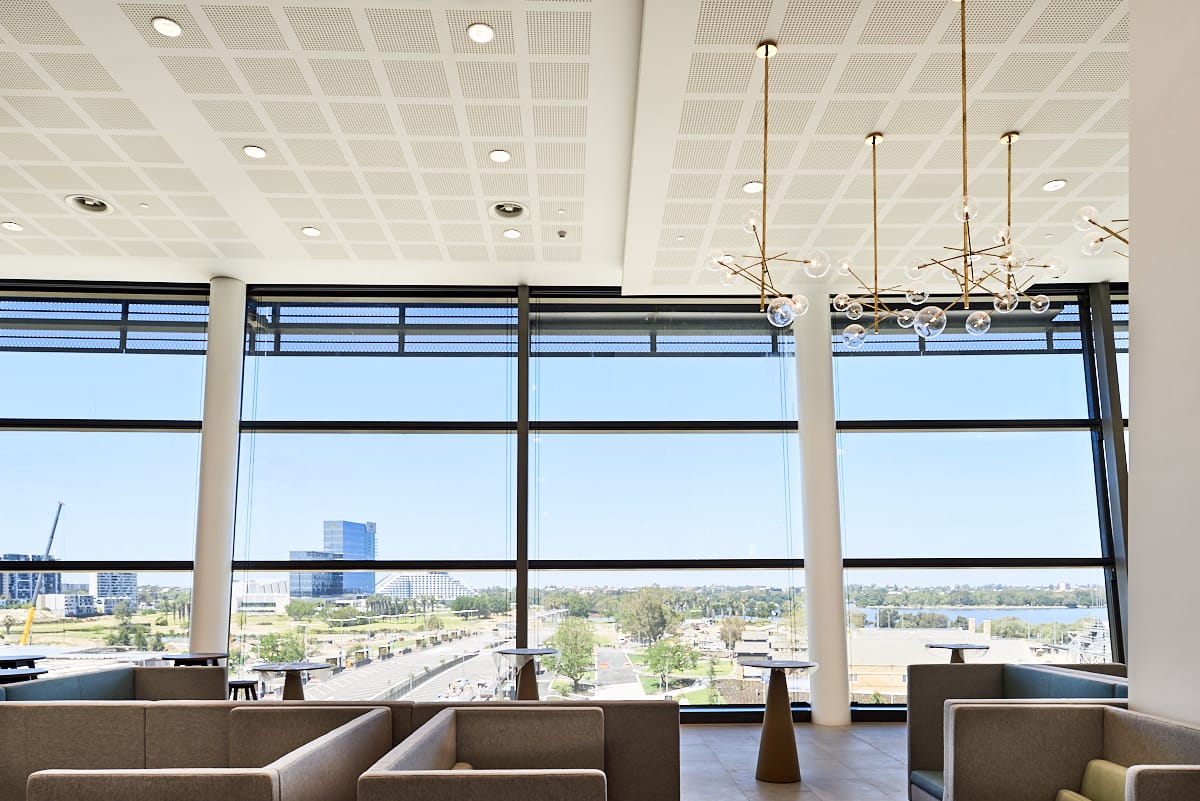Investing in functional design for classrooms proves essential to enhancing a student’s learning experience and their overall engagement. There is a demand for classrooms to become more modern and fundamentally advanced to meet the latest educational needs.
In this article
Loading component...
Loading component...
Loading component...
Loading component...
With this in mind, the design incorporated a ceiling structure using Gyprock’s Gyptone Perforated Plasterboard due to its superior sound absorption, ability to minimise echoes and noise reverberation, and visual aesthetics.











.png&w=1640&q=80)

